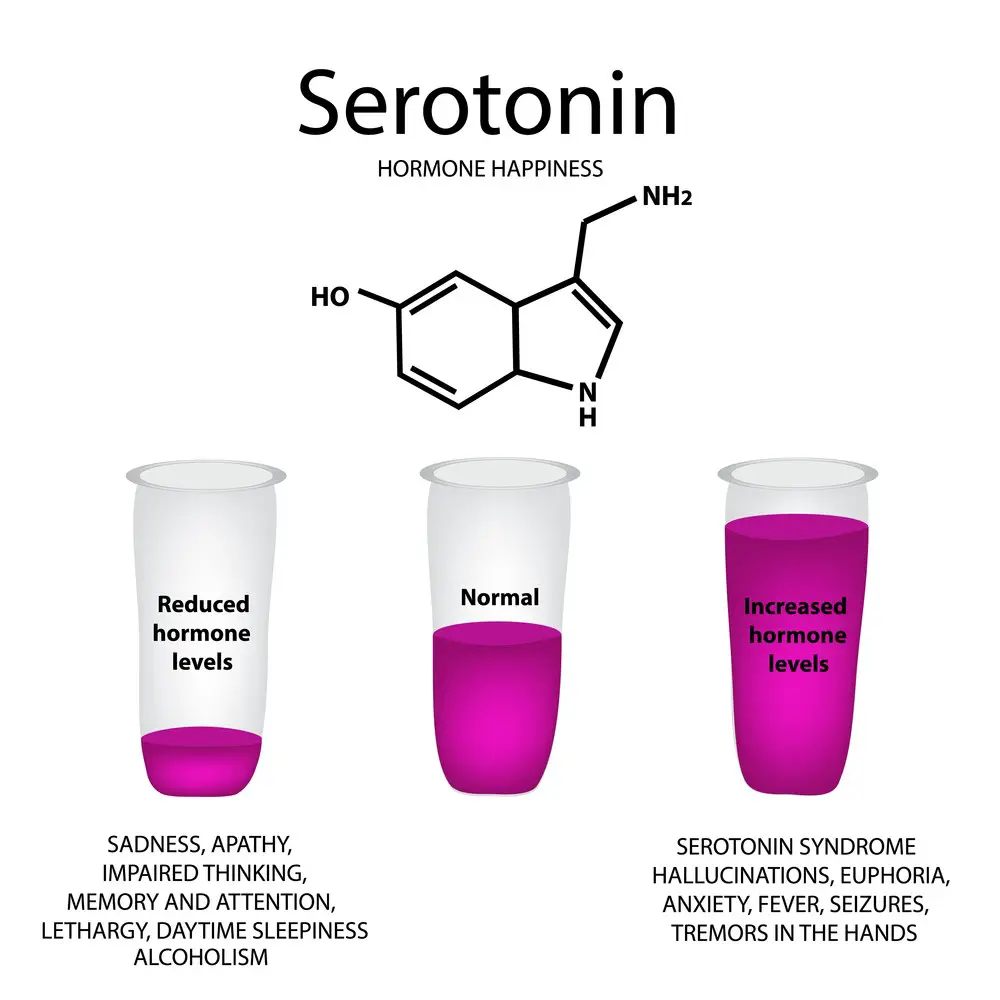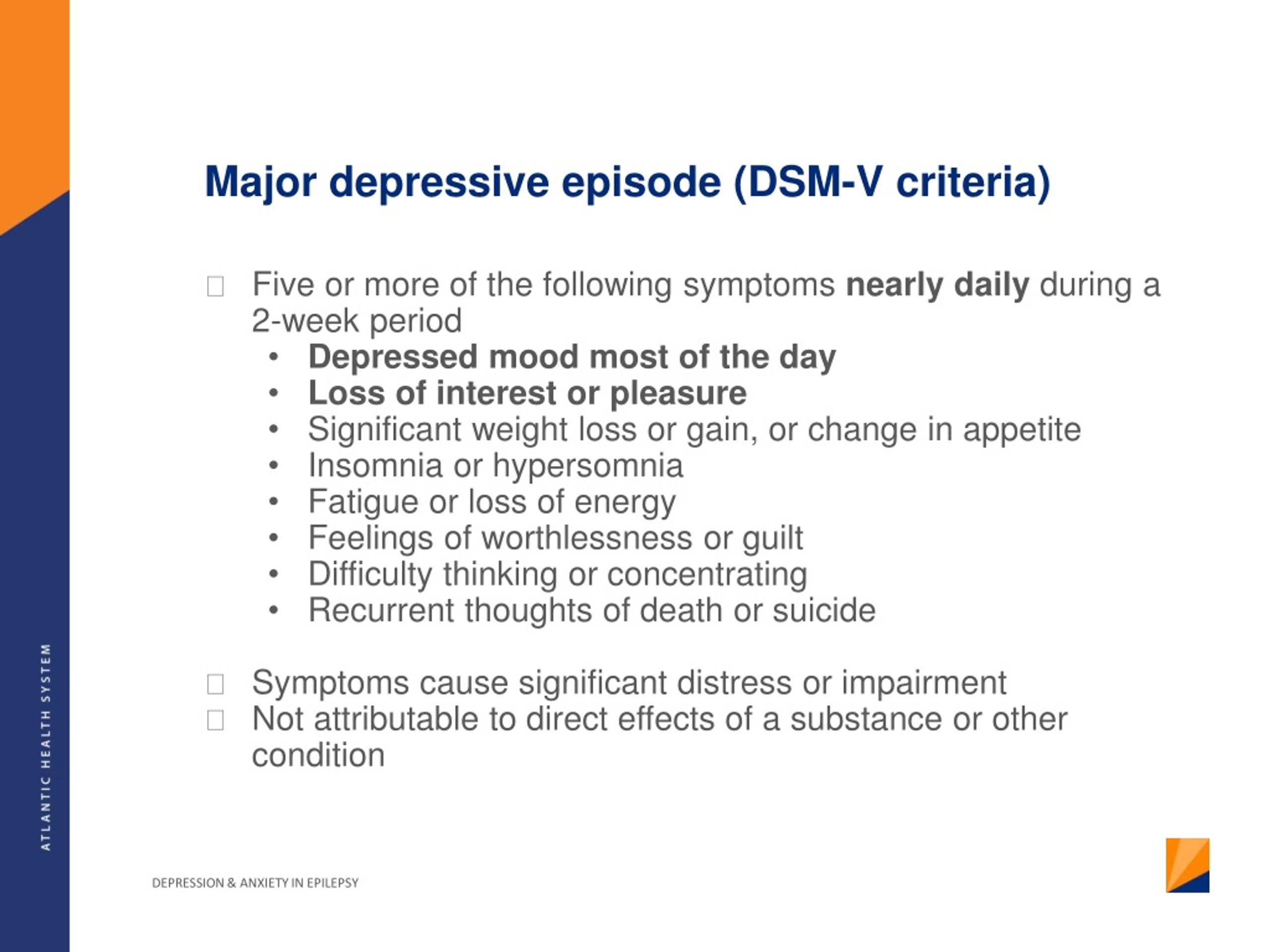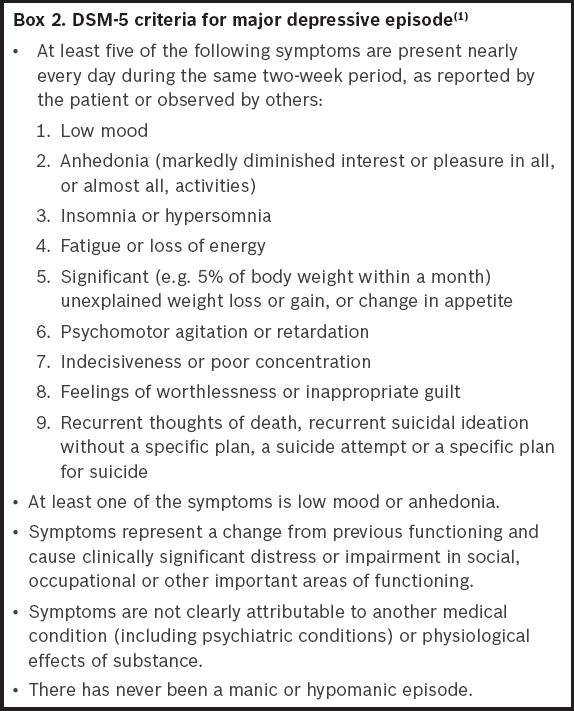
Within the literature, four subtypes of such persistent forms are distinguished: (a) a continuing mild depressive mood (dysthymia), (b) a state meeting all criteria for major depression continuously (chronic major depression), (c) a recurrent major depression with incomplete remission between episodes, and (d) a superimposition of a major depressive episode on an antecedent dysthymia (double depression). This does not alter the authors' adherence to PLOS ONE policies on sharing data and materials.ĭuring their lifetime, approximately 3% to 6% of the adults in Western countries suffer from a form of depression that persists for at least two years.

All other authors declare that they have no conflict of interest. LH received a speaker’s honorarium from AstraZeneca for a roundtable discussion on clinical practice guidelines in 2013. MH received a speaker´s honorarium from Astellas for occasional talks on mental health and urological diseases.

The sponsor had no further role in the study design in the collection, analysis and interpretation of the data in the writing of the report and in the decision to submit the paper for publication.Ĭompeting interests: MH received a speaker´s honorarium from Pfizer for a talk on comorbidity of mental disorders and dermatological diseases in 2013. This is an open access article distributed under the terms of the Creative Commons Attribution License, which permits unrestricted use, distribution, and reproduction in any medium, provided the original author and source are credited.ĭata Availability: All relevant data are within the paper and its Supporting Information files (S5 and S9).įunding: The present study was funded by an internal fund of the University Medical Center Hamburg-Eppendorf ("Forschungsförderungsfond der Medizinischen Fakultät", FFM grant no. Received: DecemAccepted: MaPublished: May 17, 2016Ĭopyright: © 2016 Meister et al. PLoS ONE 11(5):Įditor: Michel Baudry, Western University of Health Sciences, UNITED STATES (2016) Comparative Safety of Pharmacologic Treatments for Persistent Depressive Disorder: A Systematic Review and Network Meta-Analysis. The identified safety differences may be used to inform the selection among the antidepressants.Ĭitation: Meister R, von Wolff A, Mohr H, Härter M, Nestoriuc Y, Hölzel L, et al. The comparative evidence for further agents was insufficient or lacking. Patients treated with the antipsychotic amisulpride were more likely to manifest weight gain and endocrine adverse events.

SSRIs primarily showed gastrointestinal adverse events. TCAs were primarily associated with (anti-)cholinergic and sedating adverse events. The complementary treatment with acetyl-l-carnitine showed lower rates of experiencing any adverse event and related discontinuations than all other comparators. Pairwise comparisons among the substance classes revealed that more patients receiving TCAs or SNRIs experienced any adverse event and that more patients receiving TCAs or the SARI trazodone discontinued treatment. The odds of experiencing any adverse event were significantly higher for TCAs and serotonin noradrenaline reuptake inhibitors (SNRIs) compared to placebo. Almost all analyzed substance classes were associated with higher discontinuation rates than placebo including tricyclic antidepressants (TCAs), selective serotonin reuptake inhibitors (SSRIs), monoamine oxidase inhibitors (MAOIs), antipsychotics, and the serotonin antagonist and reuptake inhibitor (SARI) trazodone. Thirty-four studies that comprised 4,769 patients and examined 20 individual agents in nine substance classes were included. We analyzed the data using traditional and network meta-analyses. Outcomes were the incidence of experiencing any adverse event, specific adverse events and related treatment discontinuations. We conducted a systematic electronic search and included randomized controlled trials that investigated antidepressants for the treatment of PDD in adults.

We aimed to compare the safety of antidepressants for the treatment of persistent depressive disorder (PDD) with each other and with placebo.


 0 kommentar(er)
0 kommentar(er)
